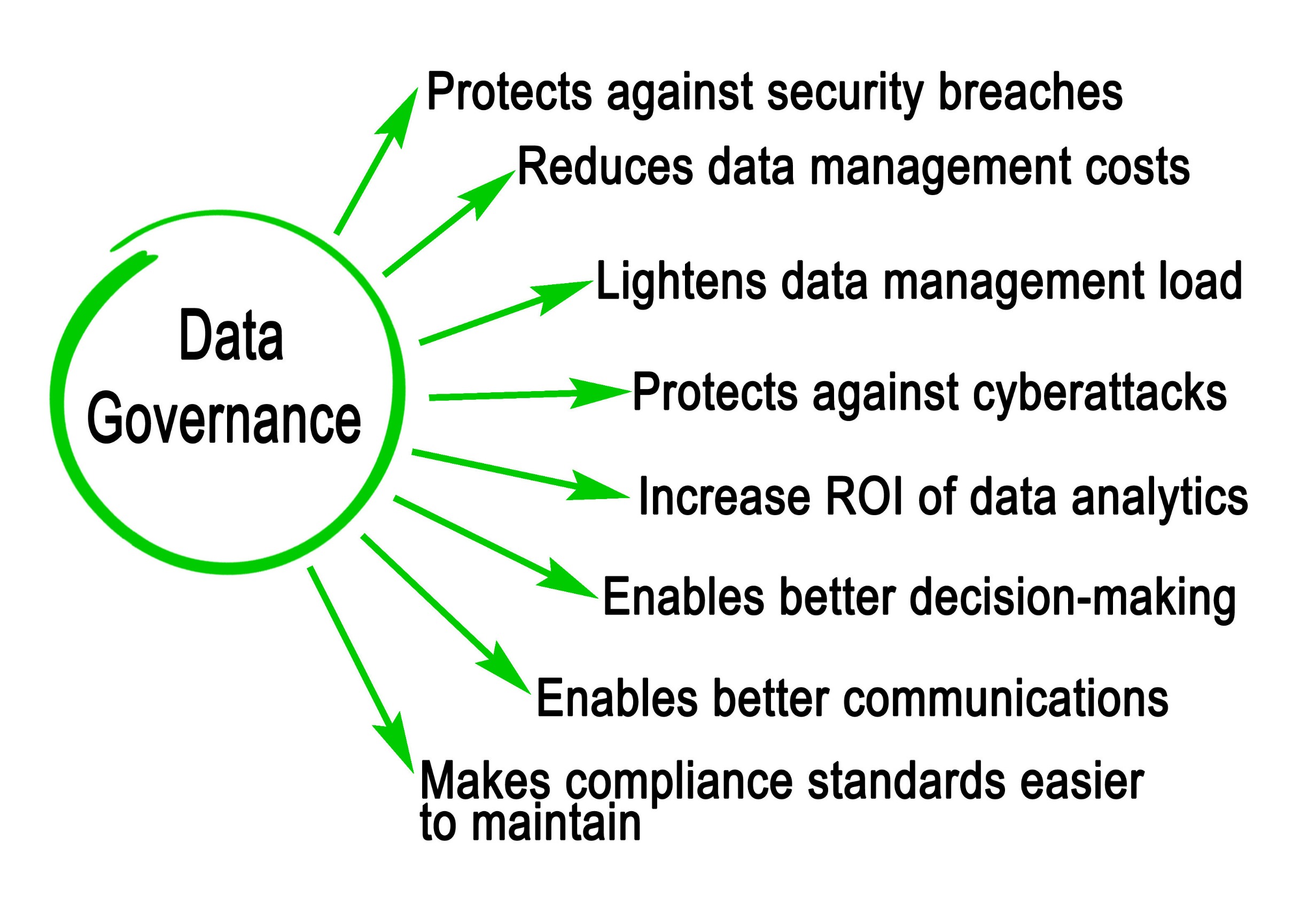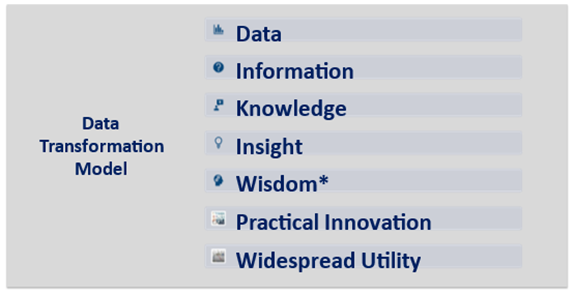
At the 2017 national HIMSS conference, Ginni Rometty, then Chairman, President, and CEO Of IBM repeated a message that she delivered more than 4 years earlier to the Council on Foreign Relations. She said, “Data is the new natural resource and like all other natural resources, it must be refined to be useful.” Simple, brilliant, and inspiring. The value of data cannot be overstated, assuming of course the data are refined, reliable, and readily available.
There are several popular data models, each a conceptual representation of data and the relationships between them. The models can be used to assess how data are organized and structured so the data can be easier to access, manage, and analyze. A data model also defines the types of data that are stored. For those organizations who have data governance in place, and if you don’t you should, there are often principles and guidelines that control usage from ingestion through curation and consumption.
There are many types of data models, some with associated maturity scales which can help determine an organization’s current state and are useful in determining how an organization could evolve. Types include the hierarchical data model, network data model, relational data model, object-oriented data model, and others. Each model has its own strengths and weaknesses. There are a couple of common goals for using a data model – to help with database design and to ensure data integrity. Though using data for approximation is useful, ideally data are accurate, consistent, and easy to work with.
I’m proposing a data transformation model that is not based on the technology and associated processes of data, but on the utility of data – to provide a framework for the efforts to discover and implement practical and pragmatic data-enabled uses for operations and research. Collecting data for data’s sake has some potential benefit for the future, but solutions for now are critical. We must be focused and deliberate in collecting and transforming data as expeditiously as possible to further widespread utility – to improve the human condition. My transformation model is illustrated in the table below.

On the journey to widespread utility, data should be curated, then transformed into information – information which produces knowledge that yields insights. Insights from data combined with lessons learned from real-world experience can then be used to solve problems. Experience is important because it provides context.
Aristotle said, “Practical wisdom is knowing what is good, right, or best given a particular set of circumstances.” Wisdom provides a platform for creative yet practical innovations. There are two primary categories of practical wisdom. One category is new products and services – what some people refer to, usually in a pejorative way, as “shiny new objects”. New products and services are absolutely critical. The other category, which one could argue is more important, is optimization – leveraging and improving our existing investments to create new processes and products to improve the efficacy and efficiency of our existing or emerging clinical, administrative, and financial operations. Optimally, in pursuit of the greater good, the lessons learned will provide for widespread utility. Optimization usually has the impact of lowering frustrations and burnout associated with suboptimal or flawed processes.
One of the most difficult challenges associated with innovation is how to reduce the time from appearance of a best product or practice to widespread adoption. Acceleration toward benefits should be a goal of every innovation.
One can make a strong argument that interoperability – sharing clean curated data at a basic level – is critical for transforming healthcare writ large. Here’s a supportive excerpt published on April 26, 2023 in MIT’s Technology Review article whose headline caught my eye – A New Operation System for System of Health Care. It reads, “A new understanding of the power of connected health data may kick off a shift [from sickness to wellness]. In the U.S., for example, the historically decentralized nature of health care has been a blocker, but recent legislation mandating interoperable core EHR data and asserting patients’ ownership of their health data is changing this.”
Every decision-making process is based on two common elements – data and incentives. Even attractive incentives and the best intentions do not guarantee you’ll make the optimal decision. The right data, at the right time, for the right reason are essential. The more complete, accessible, timely, and reliable your data, the higher your chances of making the best decision.
If you haven’t already done so, and you’re collecting data – that’s probably every healthcare facility – consider establishing at the very least a lightweight but effective and efficient data governance function. If you have one continue to evolve it. Governance done well ensures you will get the most from your efforts at collecting, curating, and transforming your data. We all are striving to improve the health of the communities you serve. The best data will help us realize that shared objective. StarBridge Advisors can help you with how to get started or how to move forward more effectively.
